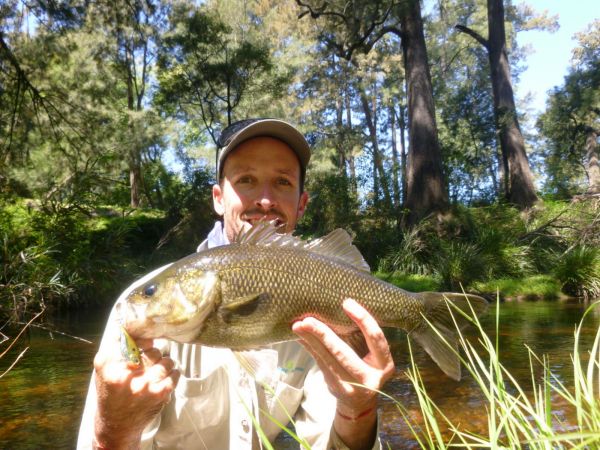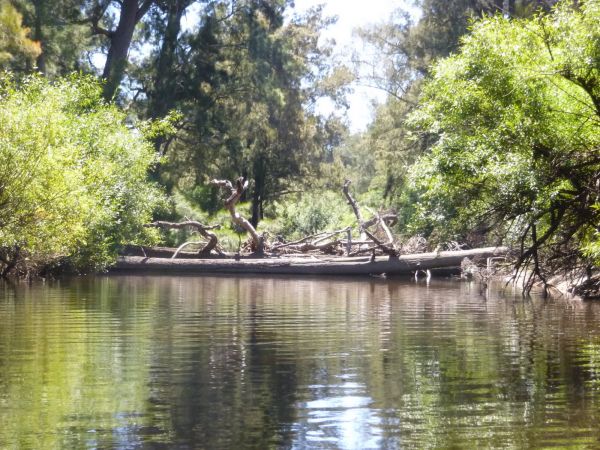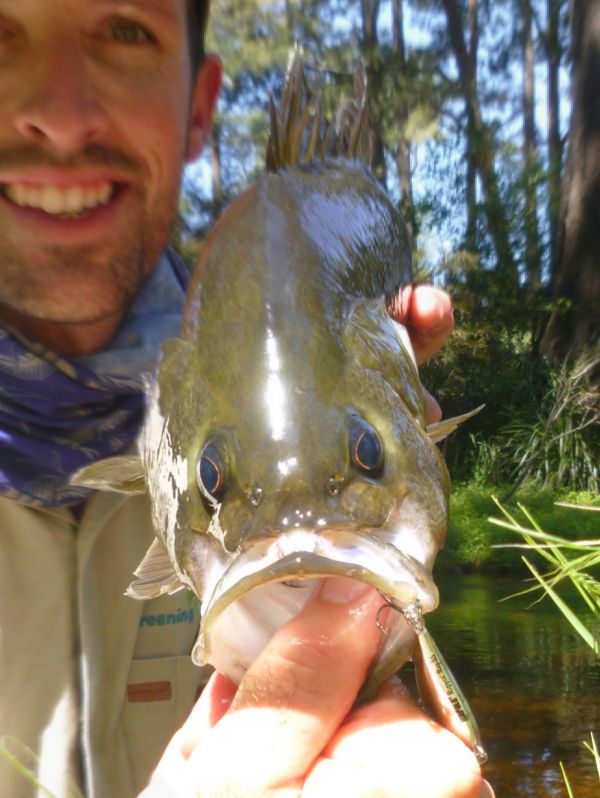Latest News
What price would you pay for fishing success?
Thursday, 26 March 2015
Imagine, you’ve just bought a couple of fancy new lures. When the day finally arrives to go fishing you jump out of the car and make your way down to the river, bristling with anticipation.
After ripping open the small box you tie one of the new lures, and fling it out into the water. There is a tug on the line and instinctively you lean back on the rod. The line goes taught, your heart skips a beat and then … snagged.
The brand new lure is now stuck. You point the rod tip straight at the log, not wanting to break a nice rod as well, and pull back until the line snaps. “Damn, that cost twenty bucks” you mutter to yourself. You sigh and reach for another lure from your bag. Not wanting to forfeit a second nice lure though, your casts don’t seem to land quite as close to the timber as they were before. That care-free confidence has gone. For the remainder of the day, you get a couple of follows but can’t catch a fish.
Bass, bream, trout, Murray cod or estuary perch, they all love the cover of fallen trees and rocks. Get the cast just right and they can be lured out. Get it wrong by a few inches, or encounter a hidden branch, and there is always the risk of getting snagged.
Perhaps to make it easier on the hip pocket, you could just get a handful of really cheap lures, then it wouldn’t be so bad to lose one right? Inevitably though, these lures are a disappointment. Either they tend not to swim straight or after hours of trying to catch a fish, it can all end in heart ache with a bent split ring or bent hook and a fish that got away.
After a few trips chasing bass in some snag-lined rivers recently I’ve settled on the 5cm Rapala Rippin Rap in ‘baby bass’ gold. With quality hooks and rings and a great rattle at low speeds, these lures work great for inland natives too. Three trips and several beautiful big bass later, I’ve got the same lure in my tackle box ready for next time. To be honest, part of its success and longevity might be down to a couple of little tricks.
Firstly, try removing the front treble from lipless crankbait and diving lures. This is the hook closest to the towing point and the most likely to snag up. In nine out of ten cases a fish will give chase and bite the back of the lure, so the front treble has little added benefit in this scenario.
The other thing worth trying is squashing the barbs on the remaining rear treble. This is always a good idea for fish which may be destined for release, but it has an added bonus. If you do happen to hook a rock or a log you can often ‘twang’ the lure free. Pull the rod gently backwards until it has a nice bend in it. Then grab the line just above the reel with your other hand and pull it out to one side like you are drawing a bow. Then, fire the arrow - let your fingers slip off the line, so it suddenly snaps back into place. The sudden jolt will travel down the line and send the lure lurching backwards. If there are no barbs on the hooks, the lure is much more likely to jump free from the structure. Try it a dozen times if you have to, you’ll be surprised how well it works.
The best lures in the world won’t catch fish unless they are cast to where the fish live. So having the confidence to cast into the darkest recesses of the river is vitally important. If it’s proving hard to stay positive when you’re losing lures, try the tips above. But knowing that when a fish bursts out of the timber and grabs your lure, the split rings and hooks aren’t going to bend or break - that is priceless and those quality lures will be worth every extra cent!
Graham Fifield
www.flickandflyjournal.com
Tags Graham Fifield bass bream trout Murray cod estuary perch





